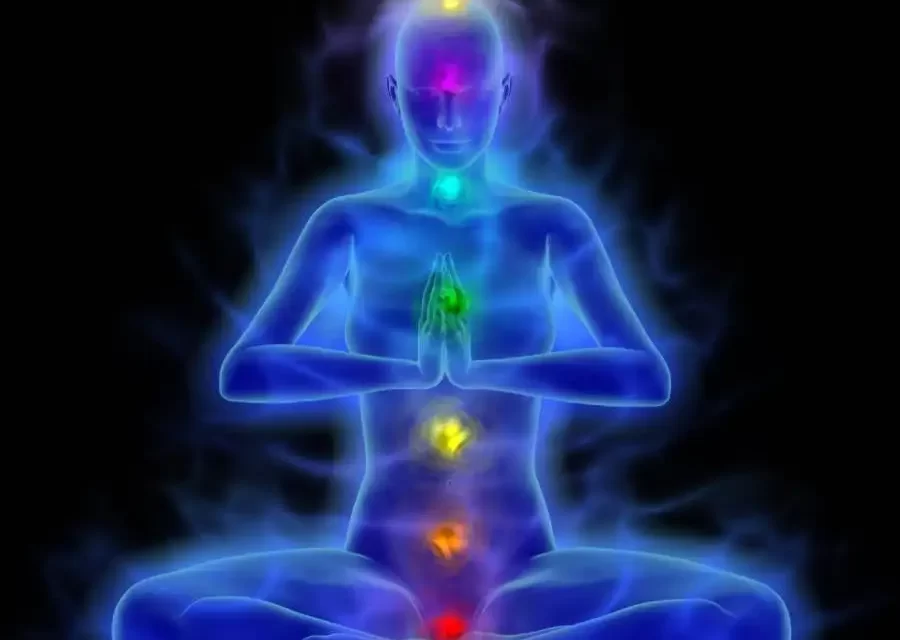Unless you’ve been hiding under a rock, you’ve probably heard all about the 7 chakras. What you may not know is that there are actually 114 different chakras, but there are seven main chakras that run along your spine. These are the chakras that most of us are referring to when we talk about them.
Chakra (cakra in Sanskrit) means “wheel” and refers to energy points in your body. They are thought to be spinning disks of energy that should stay “open” and aligned, as they correspond to bundles of nerves, major organs, and areas of our energetic body that affect our emotional and physical well-being.
Each of these seven main chakras has a corresponding number, name, color, specific area of the spine from the sacrum to the crown of the head, and health focus.
The first of the seven chakras is the Root Chakra or Muladhara Chakra. Located at the base of the spine, the pelvic floor, and the first three vertebrae, the root chakra is responsible for your sense of safety and security on this earthly journey. The word Muladhara breaks down into two Sanskrit words: Mula meaning “root” and Adhara, which means “support” or “base.”
The root chakra is comprised of whatever grounds and stabilizes you in your life. This includes your basic needs such as food, water, shelter, and safety, as well as your more emotional needs such as letting go of fear. When these needs are met, you feel grounded and safe, and you tend to worry less day to day.
Whether or not you feel secure now often has less to do with what you have at your disposal and more to do with how safe you felt as a small child. When you consider psychologist Erik Erickson’s stages of development, the first stage—trust versus mistrust—is closely related to your root chakra development. As infants, if your caregivers readily gave you what you needed to survive with consistency, you felt secure in the world. You felt that the world was a place that could be trusted to provide your basic needs. Yet, if your caregivers withheld or delayed in giving you what you needed, or if that giving was inconsistent, you may find yourself with first chakra blockages.
Gemstones for the first chakra include garnet, red jasper, black tourmaline, and bloodstone. You can place the gemstone on the area of the chakra while lying down to help open and align it.
The second chakra is the Sacral Chakra or the Svadhisthana Chakra. Svadhisthana, is also known as the creativity and sexual chakra. It is located above the pubic bone and below the navel, and encompasses the genital region and the hypogastric plexus. The word svadhisthana can be translated as “the dwelling place of the self,” and the element of the second chakra is water, which equals cohesiveness. A balanced second chakra leads to feelings of wellness, abundance, pleasure, and joy. When this chakra is out of balance, a person may experience emotional instability, fear of change, sexual dysfunction, depression, or addictions.
You can open this chakra with creative expression and by honoring your body. The energy of this chakra is feminine, passive, and lunar.
The mantra sound that corresponds to the sacral chakra is the sound VAM. By chanting VAM, the vibrations will open and align this chakra. The color for the second chakra is orange and the gemstones for this chakra are amber, calcite orange, carnelian, or hematite.






